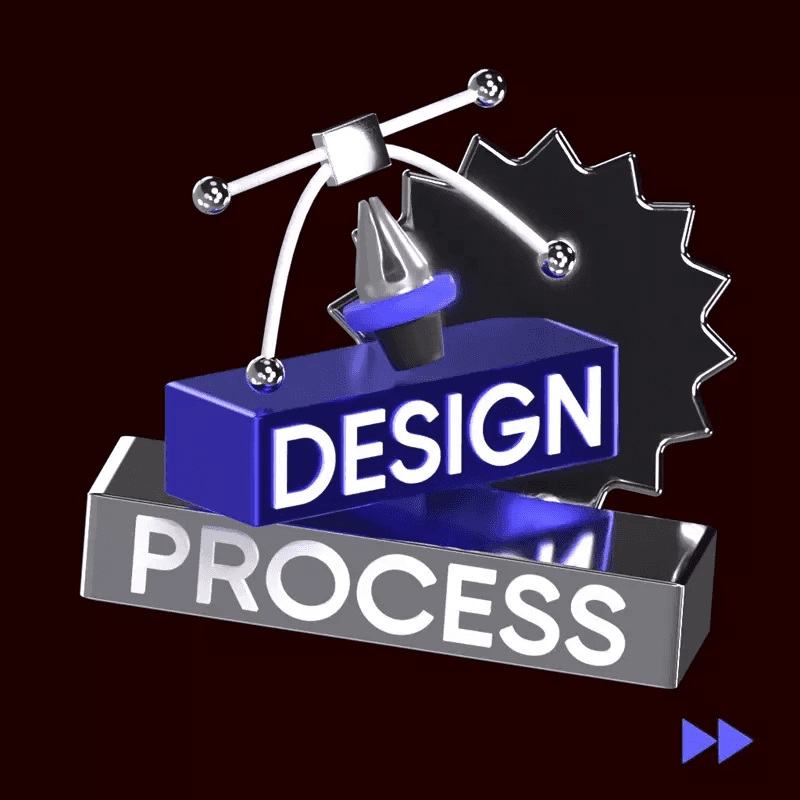Particle Systems in 3D
Particle Systems in 3D
Particle Systems in 3D
Particle systems in 3D graphics refer to a technique used to simulate and render a large number of small, individual objects known as particles. These particles can represent a variety of elements such as fire, smoke, water droplets, sparks, or even abstract visual effects. By using particle systems, developers can create dynamic and realistic animations that add depth and complexity to a scene.
Particle systems are commonly used in video games, movies, and other forms of digital media to create immersive environments and visual effects. They allow for the simulation of natural phenomena and complex behaviors that would be difficult or impossible to achieve through traditional animation techniques.
Within a particle system, each particle is typically defined by its position, velocity, size, color, and other properties. These properties can be manipulated over time to create animations that mimic the behavior of real-world objects. For example, particles representing fire might start out small and red, then grow in size and change color to orange as they move upward.
Particle systems in 3D graphics are often controlled by algorithms that govern the behavior of individual particles and how they interact with each other and the environment. These algorithms can be used to create effects such as gravity, wind, collision detection, and more, allowing for highly realistic and dynamic animations.
Overall, particle systems in 3D graphics are a powerful tool for creating visually stunning and immersive experiences in digital media. By harnessing the capabilities of particle systems, developers can bring their creations to life in ways that were once only possible in the realms of imagination.
15,000+ customizable 3D design assets
for UI/UX, website, app design and more


quote post


Information post


marketing post
Sign up for free
View All
A
B
C
D
E
F
G
H
I
J
K
L
M
N
O
P
Q
R
S
T
U
V
W
X
Y
Z
#
View All
A
B
C
D
E
F
G
H
I
J
K
L
M
N
O
P
Q
R
S
T
U
V
W
X
Y
Z
#
View All
A
B
C
D
E
F
G
H
I
J
K
L
M
N
O
P
Q
R
S
T
U
V
W
X
Y
Z
#
Tools
Create
Tools
Create